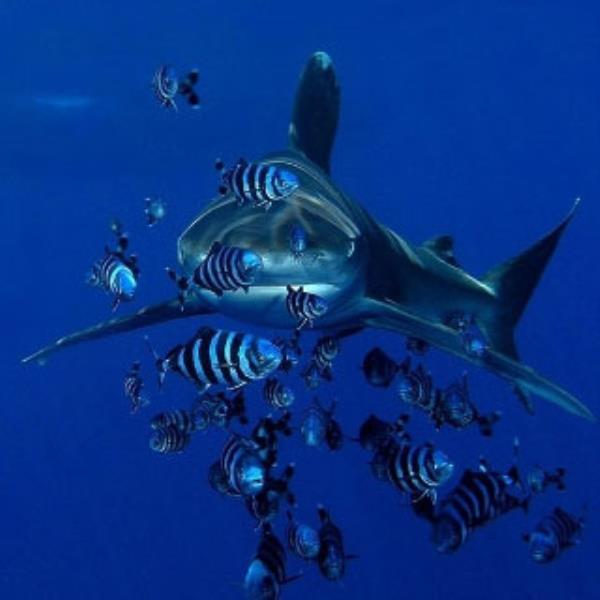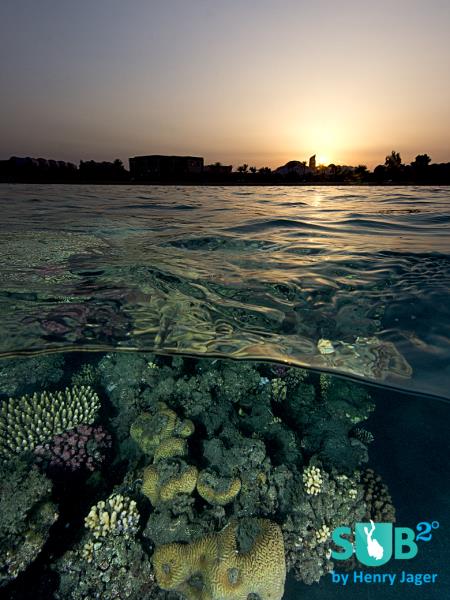
Overview of Scuba Diving in Dahab
Dahab diving, in the Gulf of Aqaba, boasts some of the best dive sites in Egypt. This deep and narrow gulf is located at the northern tip of the Red Sea and also borders Jordan, Israel and Saudi Arab...
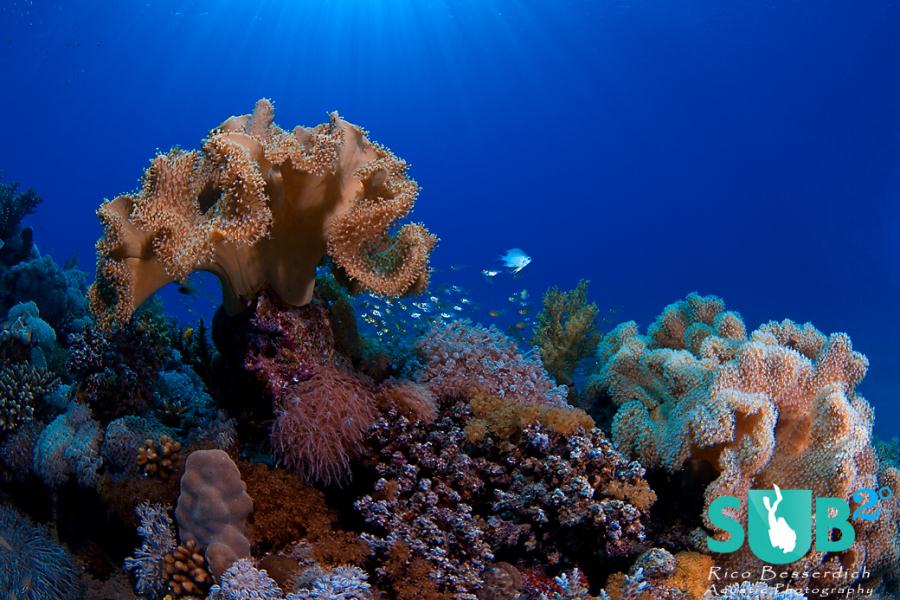
Overview of Scuba Diving in Hurghada
Scuba diving in Hurghada developed in the early 80’s and has experienced a shift from primarily an exclusive dive destination to a mass tourism resort town offering attractive holiday packages. With e...

Overview of Scuba Diving in Sharm el-Sheikh
Impressive coral reefs, protected marine parks and shipwrecks, Sharm el Sheikh diving is an exciting affair. With Ras Mohamed National Park at the door step and the Thistlegorm, one of the world’s be...
Posted on: November 22, 2024
by artin dasdsad

Keseruan Bermain Game di HP dan PC dengan Sensasi Tiada Tara di Slot8800
Bermain game online kini telah menjadi pengalaman seru yang bisa dinikmati di mana saja dan kapan saja, baik di PC maupun di HP. Salah satu game yang menawarkan sensasi tak tertandingi adalah Slot8800. Dengan kombinasi grafis memukau, gameplay yang menegangkan, dan peluang kemenangan besar, Slot8800 memberikan pengalaman bermain yang benar-benar berbeda dari game lainnya. Apakah Anda bermain di layar besar PC atau menikmati keseruan di layar HP, Slot8800 memastikan setiap momen permainan penuh dengan adrenalin dan kegembiraan!
Posted on: May 23, 2023
by Diving Around
Top 7 Locations For Scuba diving In Egypt
This is a popular destination for scuba diving in Egypt, offering an incredible array of dive sites and spectacular underwater scenery. From the Red Sea to the Mediterranean Sea
Posted on: March 8, 2023
by DiveWiz Hurghada

Diving at the SS Thistlegorm wreck
The SS Thistlegorm wreck is one of the best wrecks in the Red Sea that has captured the imagination of divers and history buffs around the world. It was a British merchant navy ship that was built in 1940 and was used during World War II. In this article, we are going to tell you the story of The SS Thistlegorm Wreck.
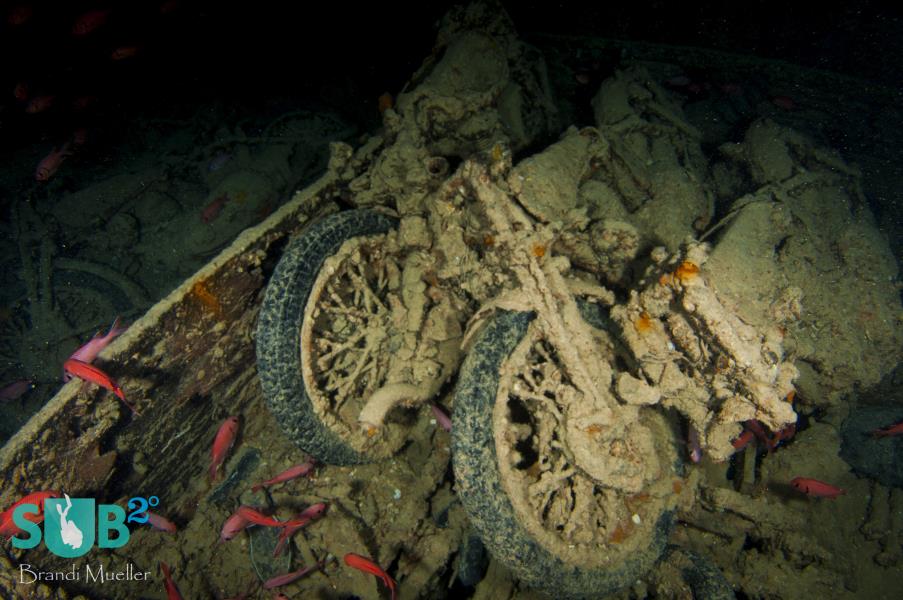
The SS Thistlegorm
The SS Thistlegorm rests at the bottom of the northern Red Sea. Bombed and sunk during World War II, this ship was first discovered by Jacques Cousteau and then forgotten about till the 1990s. Now it is the Red Sea’s most famous (and most dived) wreck.

Diving in Egypt
A soft and hard coral sanctuary with unrivaled visibility, the Egyptian Red Sea teems with endemic fish species and is undisputedly one of the world’s top dive destinations.
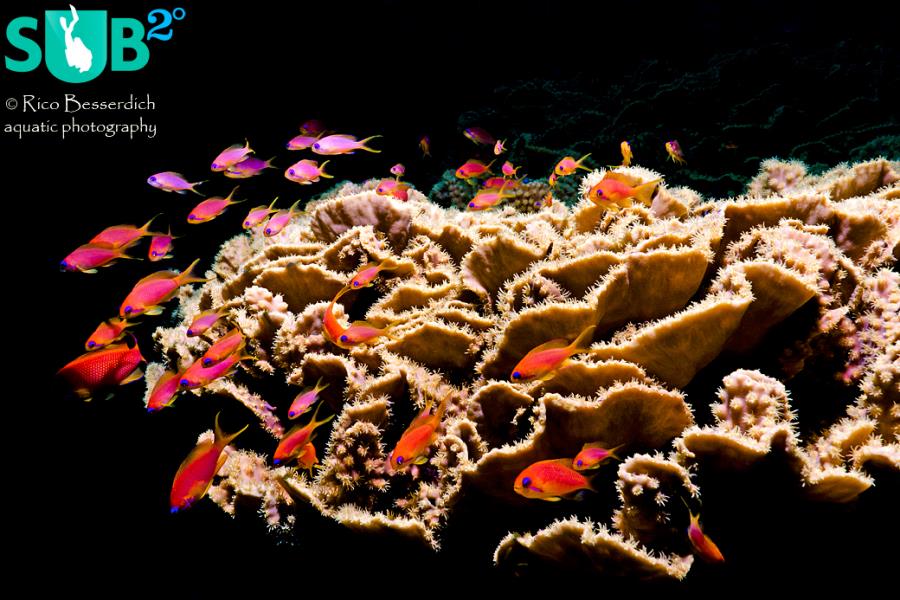
Please "Like" My Photo!
Once you've made some cool underwater shots, you would love to have more people notice your photos, for example by sharing them on Facebook. A path full of potential but lots of nasty obstacles on the way. Let's have a look!
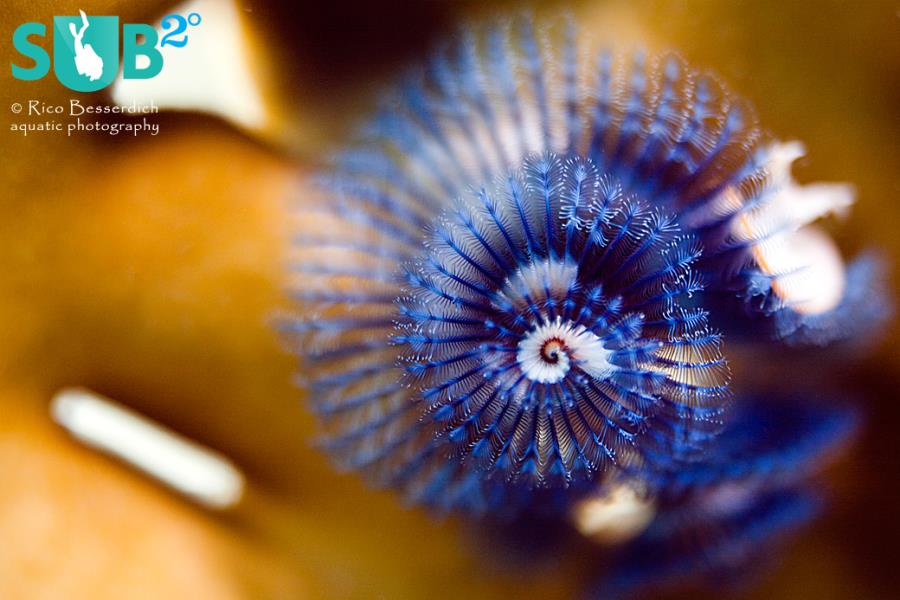
Underwater Photography: Shooting Common Subjects In A Different Way
Dived the same dive spot over and over again? Know every fish, stone, and coral by name? Find out how you can shoot common subjects in a different way. Creativity is the key!
Posted on: March 25, 2018
by Tauchen
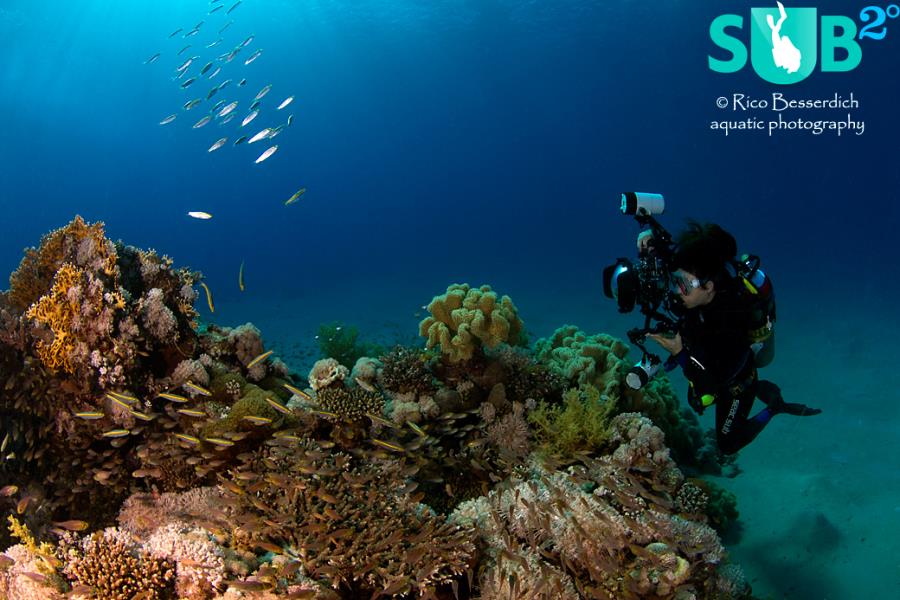
Underwater Photography: Mindset Development Part 2
Distracted by too many things while shooting underwater images? Let's work on a mindset! Part 2 of the series: During the photo dive.
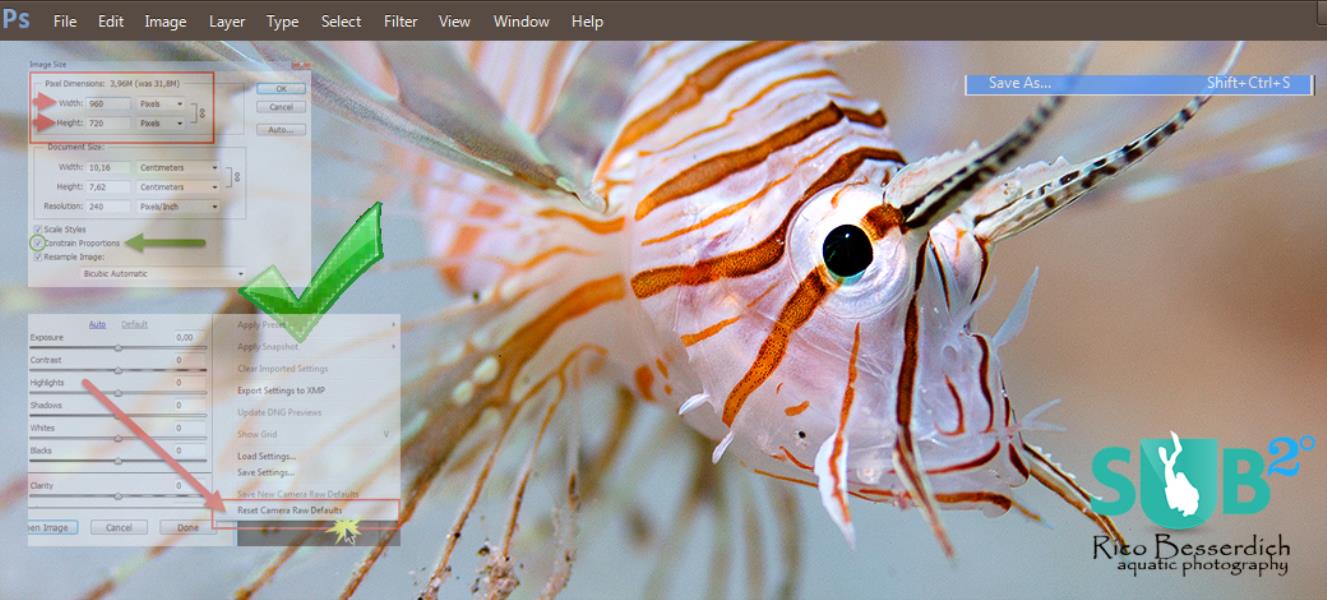
The Final Touch: Post Production of UW Images (Part 10: Proper Exports)
The job is done; we have finally completed the postproduction of the underwater image! But now, how do we safely export it for internet use, printing, or for more editing later? Here are some hints for proper exporting.
 Articles about diving in Egypt
Articles about diving in Egypt